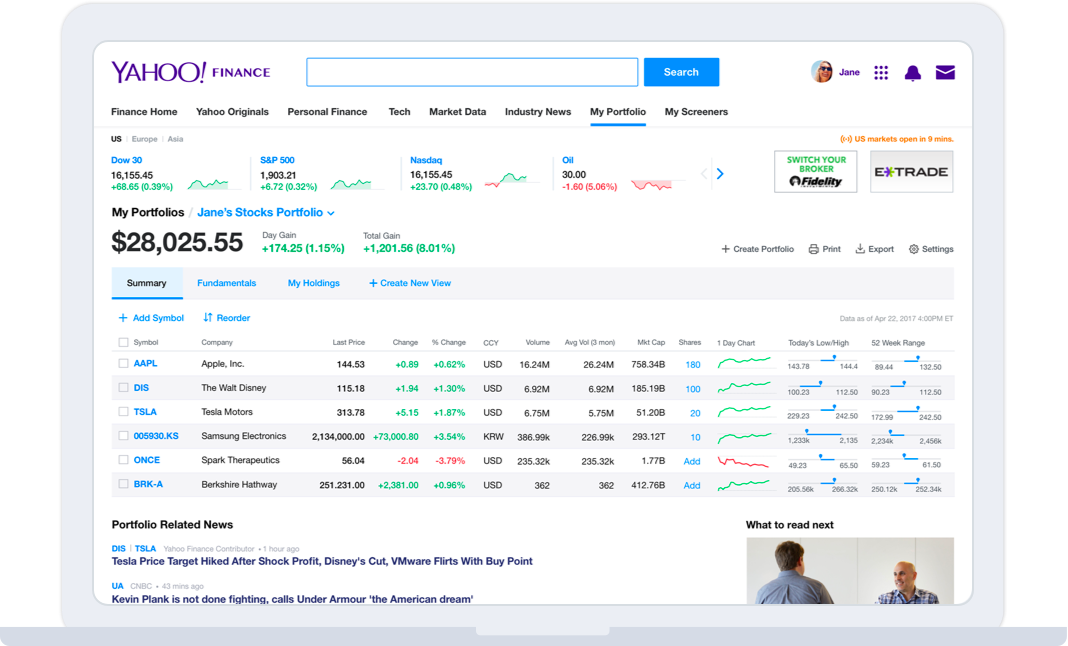In banking, ACH represents Automated Clearing House, which is a network that collaborates electronic payments and automated money transfers. ACH is a method to move money in between banks without utilizing paper checks, wire transfers, credit card networks, or cash. Recommendations to ACH can suggest a number of things, depending on where you see it. On statements or in your transaction history, ACH means that an electronic payment has been made to or from your account utilizing your bank account details - What is the difference between accounting and finance. Typical examples of ACH transfers appear listed below. For any ACH transfer Check over here to move funds to or from your account, you must license those transfers and offer your savings account and routing numbers.
Other terms consist of e, Checks, EFT, or Car, Pay. Rather of composing a check or getting in a credit card number whenever you pay, you can supply your monitoring account details and pay directly from your account. In many cases, you manage when payment occurs (the funds only move when you ask for a payment). In other cases, your biller immediately pulls funds from your account when your expense is due, so you require to be sure you have funds available in your account. Watch on your accounts and when different payments go through, even though payments are automated.
There's no need to manually deal with payments (on your part or the biller's). ACH is a "batch" processing http://dallaspekr241.trexgame.net/the-of-how-to-finance-building-a-house system that manages millions of payments at the end of the day. The network uses two central "clearing houses." All demands go through either The Federal Reserve or The Clearing Home. This permits for effective matching and processing among numerous banks. You probably have more experience with ACH than you understand. Individuals and organizations use ACH for everyday deals such as: Direct deposit of your wages (from your company to your savings account) Automatic payment of recurring costs such as energy expenses, insurance premiums, and Homeowners Association (HOA) charges.
Payments from companies to vendors and suppliers Transferring cash from your brick-and-mortar bank to your online bank Just like any innovation, utilizing ACH suggests welcoming the pros and cons. Let's examine those below. Pros Get paid much faster with an automated payment, and without waiting for a check to clear Automating bill payments to prevent late costs and missed payments Making online purchases without having to utilize a charge card or examine Minimize paper records that carry sensitive banking details Makes money transfers easy with minimal labor and expense Enables staff member payments without printing checks, stuffing envelopes or paying for postage Assists in regular client payments without having to transfer actual paper checks to the bank Has lower charges than credit card payments Electronic procedure makes vendor and provider payments simpler and faster, while keeping electronic records of all deals Automated deals may be less susceptible to mistake than a manual regular monthly task Cons Companies have direct access to your checking account Car payments are deducted whether or not you have the funds in your account, which can set off overdraft charges Permits other companies to have a direct link to your savings account Consumers can reverse their payments, although not as quickly just like a charge card Should keep track of the deals for fraud, as organization accounts have less protections than customer accounts Business may require to benefits of timeshare ownership purchase software and buy training to process ACH payments If you're a specific you might delight in: Making money by your company rapidly, safely, and dependably.

Automating your payments, so you never forget to pay (and your payments arrive on time) Making purchases online without using a check or credit card. You pay rapidly and prevent credit card processing fees. Decreasing the number of pieces of paper floating around with your savings account info. This helps lower the opportunities of fraud in your accounts. The main disadvantage for consumers is that setting up ACH supplies companies with direct access to your bank account. They take the cash to pay your costs whether you're all set to pay or not. If you're short on funds, you might prefer to pay a various method.
Examine This Report about Which Results Are More Likely For Someone Without Personal Finance Skills? Check All That Apply.
For more information on how customers use ACH, checked out setting up ACH debit. If you run an organization you benefit from: An affordable, non-labor-intensive method to move cash Paying workers without the requirement to print checks or pay postage Receiving consumer payments easily, quickly, and regularlyno more cash-flow crunches depending on when you can get to the bank Processing costs that are lower than credit card swipe fees Getting paid by vendorsor paying suppliersin a manner in which's safe and simple to track (there's an instantaneous electronic record of every deal) Services deal with the very same problem as consumers: There's a direct link to your checking account, and any errors or unforeseen withdrawals can cause issues.
That being stated, it's harder to reverse an ACH payment than it is to reverse a credit card payment. Businesses need to be especially watchful about keeping an eye on for fraud. Customers delight in a high degree of protection against errors and scams in their checking accounts, but company accounts do not receive the same level of defense. If funds leave your account, it may be your responsibility to recuperate the funds (or take the loss). Lastly, businesses may require to acquire software application or invest time and resources into transitioning to ACH transfers. Nevertheless, they'll more than likely recover those expenses easily over the long run.
The ACH system is a network of computer systems that interact with each other to make payments happen. 2 sets of computer systems are at work for each payment: The side that develops a demand The side that pleases the demand (assuming all goes well, which it normally does) Utilizing direct deposit as an example, a company (through the employer's bank) creates a demand to send out money to a staff member's account. The employer is called the Begetter, and the employer's bank is the Originating Depository Financial Institution (ODFI). That demand goes to an ACH Operator, which is a clearinghouse that gets many requests throughout the day, and after that routes the request to its destination. What was the reconstruction finance corporation.

ACH transactions take place in two kinds: are payments to a receiver, such as salaries from your employer or Social Security benefits paid into your checking account. are requests to pull funds from an account (How to finance a second home). For example, direct payments happen when billers deduct energy costs automatically from your checking account. Presently, ACH deals do not happen in real-time. Instead, banks utilize "batch processing" to process the entire day's worth of requests simultaneously. As a result, you do not earn money right away after your company licenses payment. Rather, the transaction takes a couple of service days to move through the system. There are strategies to speed up ACH payments, and same-day payments have actually already started for selected transactions.